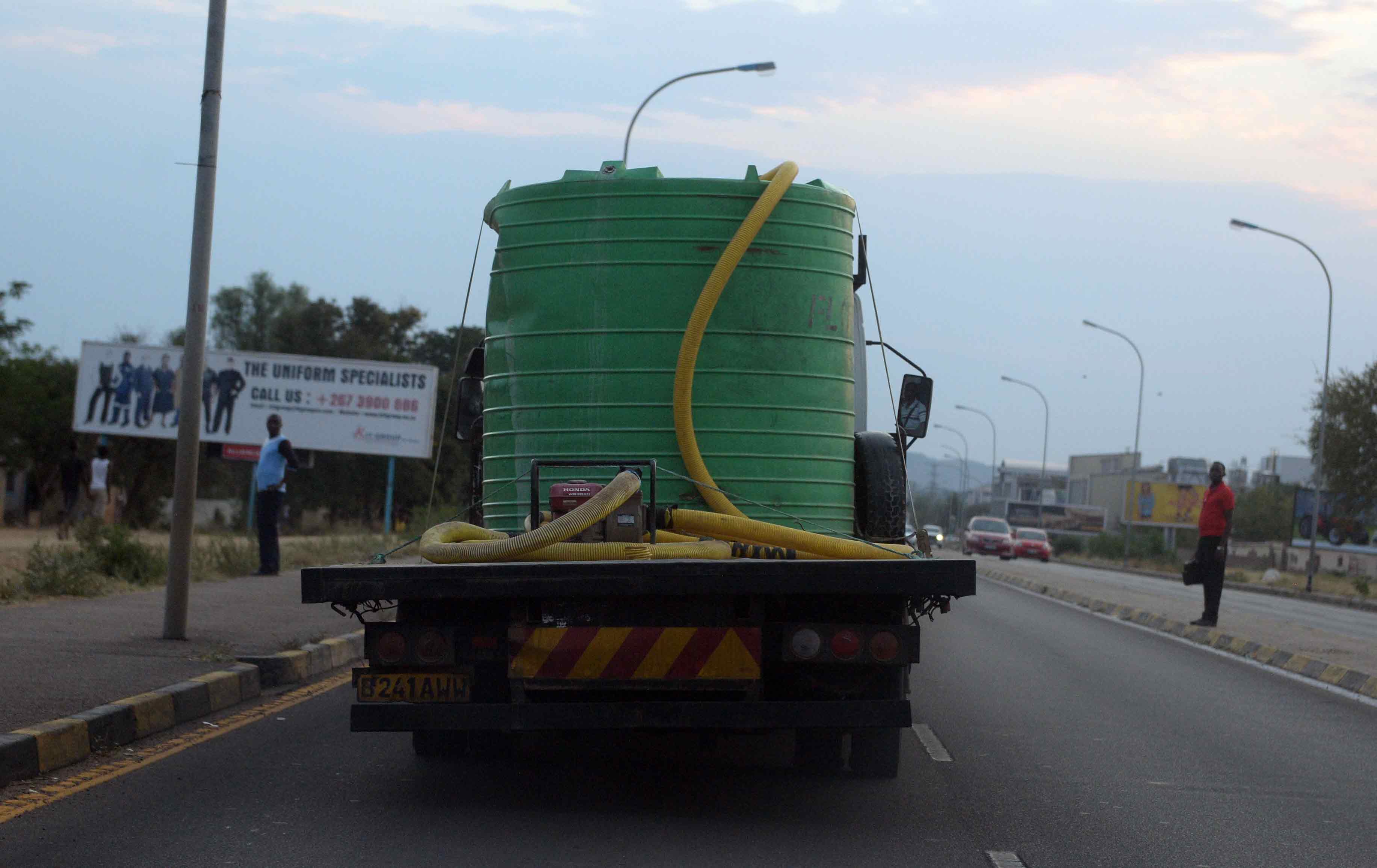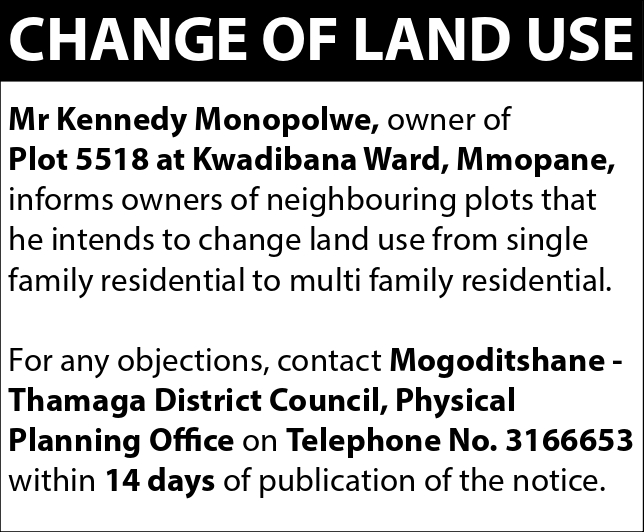Within weeks people in Gaborone and Greater Gaborone will come under a dreadful spell of water rationing because connection of more towns and villages to the North-South Carrier has spiked demand for water to 179 million litres per day against a supply of 130 litres per day. Particularly bad will be Tlokweng, Gabane, Ramotswa, Kanye, Thamaga and Moshopa while the Onion Tower near the capital’s train station will spare Gaborone Central from the scourge
KEABETSWE NEWEL
A far-reaching water shortage is about to strike Gaborone and its surrounding areas, the CEO of Water Utilities Corporation (WUC), Gasennelwe Senai, has told The Botswaba Gazette.
Only a few areas within Gaborone will be spared, which are areas connected to the Onion tower tank at Gaborone Station. “These will be areas within Gaborone Central and around Middle Star Shopping Complex in Broadhurst,” said Senai.
He singled out the extensive district of the capital between Phase 1 and Block 10 for coming under a pronounced shortage of water. Even so, worse is the fate for towns and villages within Greater Gaborone, particularly Tlokweng, Mmopane, Gabane, Molepolole, Ramotswa, Thamaga, Moshopa and Kanye, to mention but a few.
The crisis is primarily the result of inclusion and connection of the surrounding areas into the North-South Water Carrier that has spiked demand for water in Gaborone and surrounding areas to a staggering 179 million litres per day against a supply of only 130 million litres per day. Among the surrounding areas connected to the North-South Water Carrier are Moshopa, Gabane, Kanye, Thamaga and Molepolole.
Before these towns were connected to the North-South Carrier, water demand in Gaborone was at 145 million litres per day against a supply of 130 million litres daily.
WUC took over the supply and management of water to both urban and rural areas after the National Water Master Plan was renewed in 2006. The increase in demand for water prompted a need for increased carrying capacity from dams in the north of the country, hence the recent controversial tender that Parliament rejected.
According to Senai, the 100km project was aimed at constructing of a pipeline that would increase carrying capacity to meet the increased demand in Gaborone and Greater Gaborone. He emphasised the urgency of the project, saying if funding for it was not secured soon enough, there would be no end in sight to the water crisis.
“For now the project has been suspended,” he noted. “However, we will engage with the ministry to explore options for securing funding for the project.”
While WUC could seek the funding from debt/loans as it did for building Letsibogo Damn and the Francistown Water Master Plan, time is of the essence. “But we do not have the time to go through that process because we need to increase water supply urgently,” Senai emphasised.




